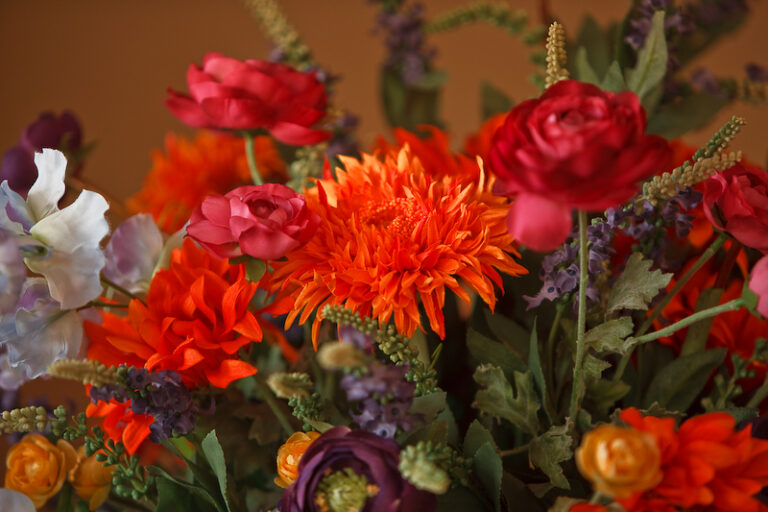Roses are red, violets are blue… these colors mean more than you may think they do.
Today is Valentine’s Day – a stressful day full of expectations, unmet or otherwise, and a day that is particularly depressing for members of our lonely hearts club.
Whether it is your favorite holiday or you are slightly critical of its over-commerciality, at its core it is a day to celebrate love.
Nothing says love like chocolates (an aphrodisiac since the Aztecs) and flowers (with red roses as Venus’s favorite). Roses make up half of all Valentine’s Day flower sales, likely due to their known symbolism for love. Each flower symbolizes something different – Iris represents royalty and wisdom, Lotus represents rebirth, etc. – but it’s not just the flowers that have attached symbolism. Each color represents certain characteristics and emotions as well.
Red: Red flowers represent romantic love and passion.
Orange: Orange flowers mean energy and enthusiasm.
Pink: Pink flowers mean grace, gentleness, beauty, and femininity.
Yellow: Yellow flowers represent happiness, friendship, and health.
Green: Green flowers mean growth, rebirth, and renewal. They can also represent good fortune and youthfulness.
Blue: Blue flowers mean calm, peacefulness, and relaxation.
Purple: Purple flowers represent royalty, ceremony, enchantment, admiration, and pride.
White: White flowers mean remembrance and innocence.
Black: Black flowers mean new beginnings, mystery, or loss.
While your crush’s favorite color may be yellow, maybe think twice before gifting them yellow flowers. They might take it as a petal-ridden path to the friend zone.
Some flowers have meanings that change depending on both the type of flower and the color. Carnations alone symbolize pride and beauty, but a red carnation represents love and admiration, while a yellow carnation represents disdain.
Confused yet?
Flowers and their meanings are full of nuance and artistic expression. It’s like learning a new language. Flower symbolism influenced the Victorian Era so much that they actually created a new language: Floriography.
Floriography, or the assignation of meaning to flowers, began before the 19th century but really became popular in the early 1800s. In 1819, Louise Cortambert, under the pseudonym of Madame Charlotte de la Tour, wrote a full dictionary on the language of flowers. Le Langage Des Fleurs, or “The Language of Flowers,” inspired multiple similar publications and furthered contributed to the era’s reputation of aesthetic beauty, romance, and secret expression.
Before you add it to the list of romance languages, Floriography is largely out of fashion now. You’ll likely have more luck sticking with the tried-and-true red rose or a mixed bouquet of your lover’s favorite flowers.
Whether your day is filled with the classic chocolates and flowers, spent protesting capitalism with your own made-up traditions, or laced with practices of self-love, we hope you have a lovely Valentine’s Day.




